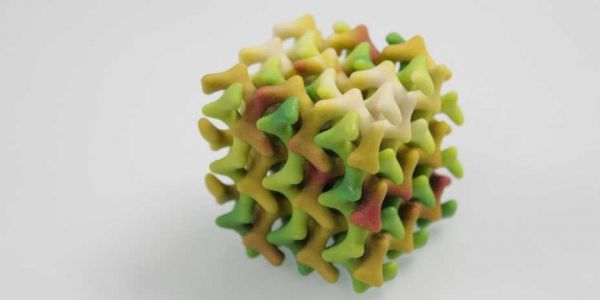Making ice cubes is a simple process: you take a plastic ice-cube tray like you’d find in most households, fill it with water and put it in the freezer. Before long, the water crystallises and turns to ice.
If you were to analyse the structure of ice crystals, you’d see that the water molecules are arranged in regular 3-dimensional lattice structures. In water, by contrast, the molecules are unorganised, which is the reason that water flows.
Glassy water
Led by Professors Raffaele Mezzenga and Ehud Landau, a group of physicists and chemists from ETH Zurich and the University of Zurich have now identified an unusual way to prevent water from forming ice crystals, so even at extreme sub-zero temperatures it retains the amorphous characteristics of a liquid.
In a first step, the researchers designed and synthesised a new class of lipids (fat molecules) to create a new form of “soft” biological matter known as a lipidic mesophase. In this material, the lipids spontaneously self-assemble and aggregate to form membranes, behaving in a similar way as natural fat molecule. These membranes then adopt a uniform arrangement to form a network of connected channels that measure less than one nanometer in diameter. Temperature and water content, as well as the novel structure of the designed lipid molecules determine the structure that the lipidic mesophase takes.
Read more at ETH Zurich
Photo: Three-dimensional model of the novel lipid mesophase: This cubic motif is repeated regularly in the material. (Photograph: Peter Rüegg / ETH Zurich)


